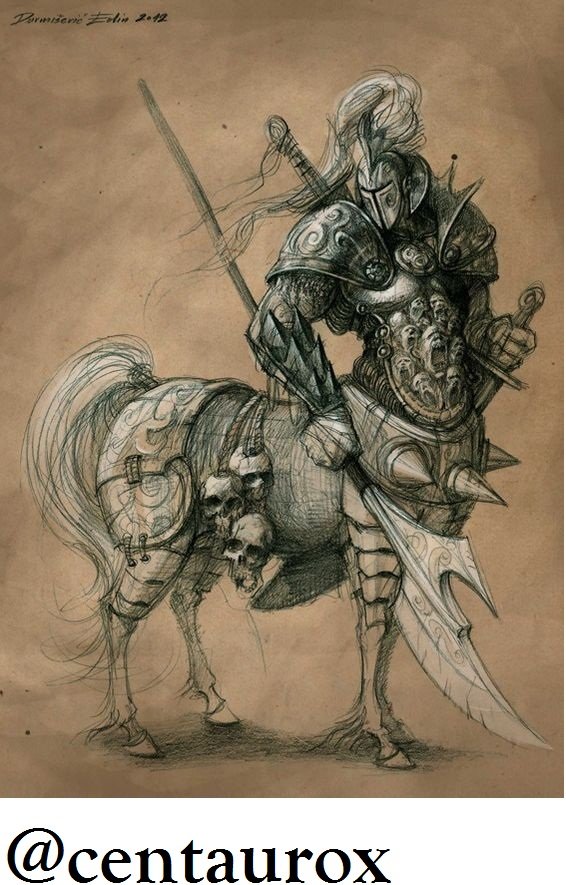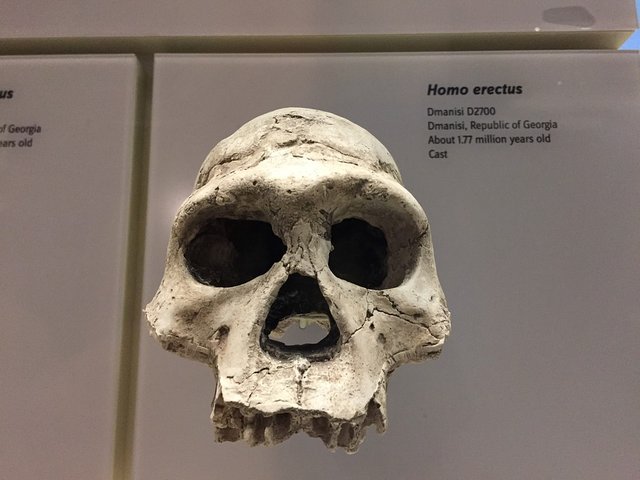
Source of image of pixabay
With the publication of the origin of the species in 1859, Darwin established the explanatory bases of his theory on the evolution and transformed of definitive form the conception of the origin of you are human. His theory approach was based on two baciscos: in the first one, where the world was considered to be something dynamic and the second term, the evolutionary process of the alive beings had taken place of gradual form and had been a fruit of what is called the natural selection, according to this beginning, only there survive the individuals, who are capable of adapting themselves to the pressures exercised by the ambience, in such a way that the species in his set it is changing throughout the time, to adapt themselves to the above mentioned demand environmental.
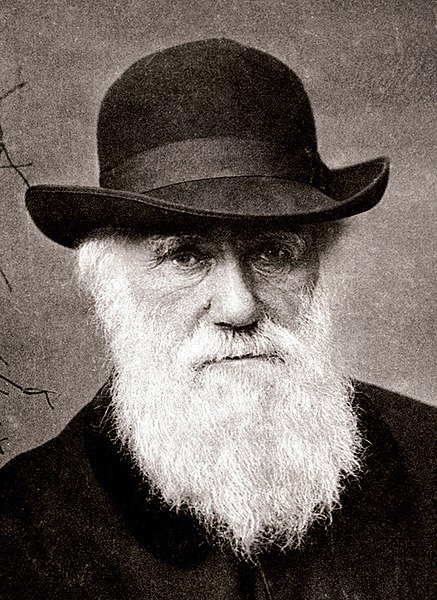
Charles Darwin (1809 – 1882), source of image of mastery of Wikimedia Commons, Author: Elliott & FryThe theory of the evolution for Charles Darwin faced the creacionismo, which postulates the individual creation of every species and therefore to that of the man.
to find the most primitive of our forefathers, we must go back to something more about four million years, when an unknown hominid they still separated of the line, which he had to lead up to the chimpanzee and the gorilla, it is supposed that this hominid had a cerebral scarce capacity and was walking resting on the nudillos of the previous extremities, which was allowing him trasportar objects with certain facility. The excavations have put in evidence that in Africa, not long ago less than four million years, existed a hominid evolved enough the one that has been named Australopithecus, whose importance resides in that it was walking straightly, this hominid it was living in group vegetables and meat was feeding, which was using diverse objects as hardware, but it was not possible to have demonstrated that was making them.
From The Homo habilis to the Homo sapiens sapiens, the investigations could have determined a chronology and a tipificación of the individuals that been a part of the evolutionary chain, up to the appearance of the human beings as today we know it.
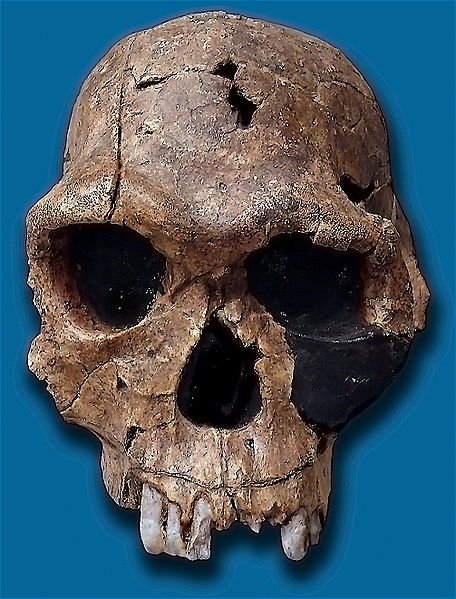
Homo habilis, KNM ER 1813 discovered in Koobi Fora, Kenya, source of image of mastery of Wikimedia Commons, Author: José-Manuel Benito Álvarez (Spain)—> Locutus Borg
The Homo habilis is the first considered fossil, as belonging to the genre Homo, it was possessing one more physical structure to evolutionary, that those of the Australopithecus, although it coexisted in the time with them, assumes to him for the first time, the aptitude to make instruments.
The Homo erectus was possessing a jaw and a teeth, pelvis, which his skeleton was very similar to the today human beings, although his feature they are even primitive, must walk perfectly straightly.
The homo sapiens neandethalesis of voluminous, long and scared skull, had a thorax long and robustly with hand small, short and strong arms, also very short legs.
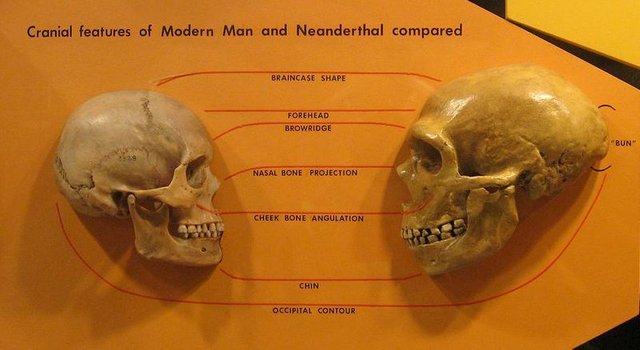
Anatomical comparison of the skulls of Homo sapiens (left side) and Homo neanderthalensis (right hand). The chin and the occipital bone is compared with the form of the neurocráneo, the front, the arch superciliar, the nasal bone, the bone cigomático. (Museum of History Naturlal de Cleveland, source of image of mastery of Wikimedia Commons, Author: hairymuseummatt)
Finally we have the designation Homo sapiens sapiens, which they include the man as it is at present. All the varieties tipológicas enumerated made stones instruments and developed a series of form of life and mechanism of subsistence, like the hunting and the compilation, which they allowed him to adapt to the environment of Pleistoceno.
| Name | Chronology |
|---|---|
| Australopithecus | 4.000.000 years |
| Homo habilis | 700.000 years |
| Homo sapiens neanderthalensis | 100.000 years |
| Homo sapiens sapiens | 40.000 years |
East process of adaptation of the calls culture of the Paleolithic, the homo sapiens sapiens, our real before last one and in fact this designation includes the man as it is at present a less robust teeth and a skeleton, that his predecessors, his face was rather wide, with a few quite marked cheekbones and his sensitively more slender figure. But nevertheless this basic characteristic they have been considered deposit to be variables by the specialist, who tends to distinguish three typology of Homo sapiens sapiens for Western Europe according to the find realized in three: Curve - capelle, Cro-great and Chancelade, all of them placed in France, one owes the first paintings to the man rock Crogmano and he is considered to be a predecessor of the current one.
Bibliography
Biology: the life in the ground - Page 347 for Teresa Audesirk, Gerald Audesirk, Bruce E. Byers - 2003.
General Biology - Page 216 for Julián Monge-Nájera - 2002.
History 5th - Page 1 for Laura Guerrero - 2002.
